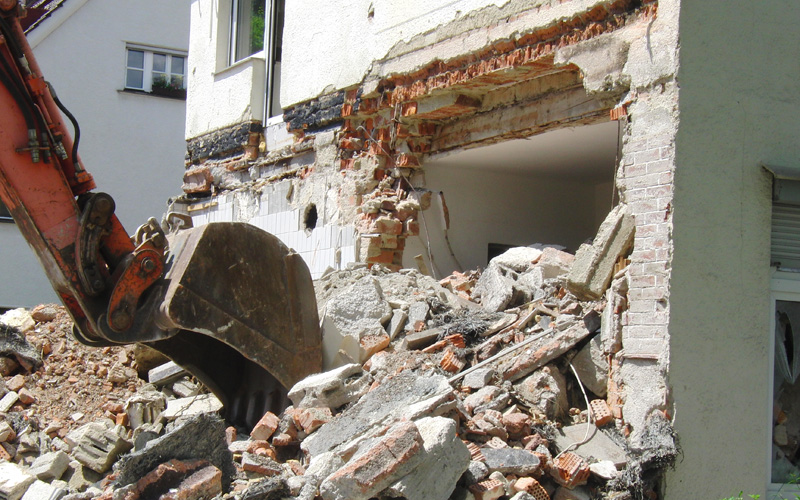Sustainability often comes hand in hand with one key idea: recycling. The use of previously used materials in construction is increasingly becoming more prominent within the industry. Sustainability must include recycled materials and green solutions in construction. Here we focus on how recycled materials can be and are being used in bridge construction, and how this reflects the industry as a whole.
Sustainable bubbles
When discussing using recycled materials, we must consider how sustainable these options are. Reusing materials is environmentally friendly but may not always be viable. Sustainability has three key factors involved: social, environmental, and economic.
Recycled construction is considered as a viable solution to many of these problems. For example, the use of plastic in recycled bridge construction has many benefits, including reduced maintenance needs and cost. This is thanks to the material’s resistance to UV radiation, rot, and decay, and their stability in saltwater.
However, while it is inevitable that raw material and manpower must be used to create most bridges, finding an effective balance of sustainability is essential. Man-Chung Tang, a sustainable bridge engineers, stresses that “balance” remains the core focus of recycled construction. Tang emphasises this point with a worded equation―balance is equal to supply minus demand. In this summary, Tang insists that balance must be a positive number to achieve sustainability. These factors will vary depending on contextual inputs, including location, size, and the type of bridge.
The challenges of building recycled bridges
Cost
One of the main deterrents to the construction of recycled bridges is cost. Currently, the demand for recycled engineering materials is not high enough to establish a market where the volume of materials produced and competition can reduce prices to a viable level.
However, costs can be saved on maintenance, where plastic alternative is less likely to rot than metal or wooden constructions. This is particularly true for constructions that use recycled plastic that is reinforced with structural steelwork – while initially expensive, it presents lower costs in the long run.
Mechanics
The mechanical properties of recycled plastic offer less versatility than other raw materials. This is because plastic is moulded during the recycling process, consequently decreasing fibre length and its strength.
For this reason, the use of recycled materials on bridges is limited. Materials with more structural integrity may have to be used, especially in heavy weight-supporting bridges. As Tang said, balance must be found to create sustainable constructions. As of yet, commercially viable bridges made from 100 per cent recycled materials may seem unlikely, but efforts to include as much recycled material as possible should be a priority going forward.
Size
The mechanical properties of recycled plastics limit the opportunities to create larger bridges. In most recycled bridges, it is common to see low heights and small spans, meaning that the break between supporting pillars is greatly reduced. Again, the strength of plastic is the key issue.
The world’s longest recycled bridge is Dawyck Estate river crossing, over the River Tweed in Scotland. It is only 30 metres long but can support up to 44 tons.
According to researchers, the strength of recycled plastics is increasing with further innovation. Even more, when recognising that the materials on the bridge were made from used plastic bottles and other household public waste, the benefits of using these materials becomes clear.
When we review the need for recycled materials in the construction industry, it’s important to remember the key factors in sustainability and how they are reflected in the challenges of using green materials. The social, environmental, and economic value of sustainability must be acknowledged with the cost, mechanics, and size of the bridge. Innovation is key to the success of future sustainable construction, with material strength being a major priority for those researching the topic. However, the most important aspect to consider is education. How will future generations tackle the problem of sustainability? How can we educate people to understand the benefits of sustainable engineering over the ease of raw construction?










I do agree that using recycled building materials especially in making bridges should be innovated for further success in the future. This is only a step to many more developments to make construction sustainable. If I were an architect or engineer, I would definitely opt for these products and would go beyond helping the process become more developed.